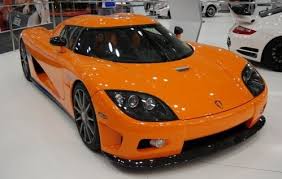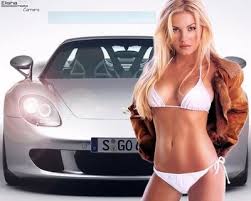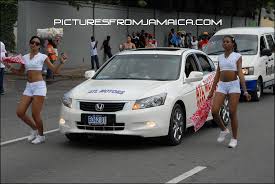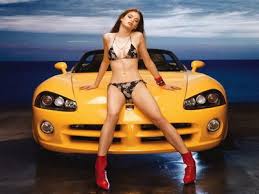 |
| August Horch |
Until the First World War some of the cars built under the Audi name won several rallies, which helped to establish the name worldwide. During the first war Audi was forced to produce vehicles for the war effort, and then after the war the recession was also a tremendous problem for the company. Therefore the founder August Horch left the management in 1920. The company managed to get through the hard times from 1927 to 1930, but in 1931 the management recognized that only a union with other vehicle manufacturer could keep Audi alive. At that time the AUTO UNION was founded, the members were DKW, HORCH, WANDERER and AUDI. The new companies insignia to show the union of the four companies was the now familiar 4 rings , which are still used by Audi today.
The new union had great success in motor sport in the ensuing years. The most powerful car that was build before the 2nd world war was a 6 litre V 16 engine with 382 KW( 582PS) in 1936. In the years during the 2nd world war the AUTO UNION once again were forced to build vehicles for German military. Many motorcycles, engines, different war vehicles and even parts for submarines were build until 1945. At that time all factories in Germany were completely destroyed by American bombers.
After the war had ended there were about 60 000 DKW military vehicles worldwide that needed spare parts and maintaince. This was the reason a new start in Ingolstadt, southern Germany was made. Soon after the war there were again many cars produced, the most important for me was the DKW Munga, a four-wheel jeep with 3-cylinder 2-stroke engine. Invented in 1956 for the German military, there were only 250 cars produced for testing purposes. On of these cars made a trip around the world and drove over 240 000 km without major problems. This was the beginning of the later concept called Quattro. Nearly 57 000 Mungaswere built until 1968.
In the following years many different engine- and car types were invented and produced in large amounts. The 2-stroke system was replaced by the 4 stroke one in 1965, a milestone in the engine development. For the power or the engines has been risen continually, the company thought about a new drive train concept. An performance of over 100 KW with front wheel drive shows heavy abrasion on the front tires and dangerous Ferrari a effects. The Iltis jeep what had replaced the Munga hadn’t that problems and the reason for that was not the minor performance of 75hp, it was the 4 wheel concept. Mr.Bensinger, the father of the Quattro, made many tests and tried to convince the management to give him green light for building a four wheel drive concept in an street car. The board of directors were not very pleased with that idea because the thought that nobody will buy such an car and especially if it was a high technology one not build by Porsche or Mercedes. These two firms were the only ones that had the name to do such huge inventions. One has to notify that the Auto Union at that time had no reputation in build high tech cars. Fortunately Mr.Bensinger did a good job, the project QUATTRO was born and the management decided to make this drive train concept famous all over the world with high activities in motor sport. The name AUDI should become as worthfull as Porsche and Mercedes.
To get the car ready in an short time many parts of available other types were used. The engine came out of the 200, the body was from the Audi 80 at first and the drive train came out of the Iltis, the successor of the famous Munga. Certainly many parts were braced, changed in size and improved for the high performance the car should have. After two years of improving, testing and rallying the first real ur-quattro with the new coupe body was build in 1980. The power has been risen to 200hp in the testing time, not a bad number if you think that most of the other car producer did with an 2.2l engine.















